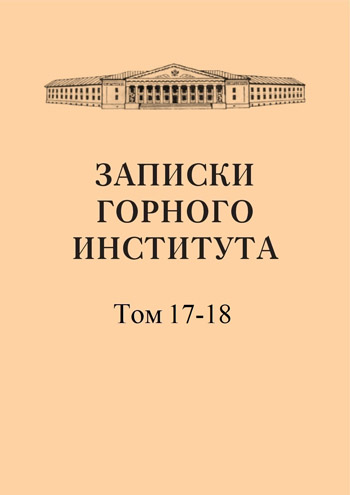About the calculation of the speed of free fall of mineral grains
Abstract
Free fall is theoretically defined as the fall of an isolated grain in an unlimited space of a distributing medium (water or air). Practically, it is considered as the fall of a set of grains at a concentration where the movement of any grain is not significantly disturbed directly or through the distributing medium by other grains. Free fall is of particular importance in the process of precise classification, where the movement of grains is considered to be uniform and occurring at a constant finite speed. As the grains fall through the medium, they displace the medium from the areas that they occupy. Strictly speaking, their shapes and mass distributions do not remain constant during this process, but these changes are so small that they can be safely ignored. In all cases of grain-liquid interaction, we observe the same phenomenon: the grain is surrounded by the liquid. This surrounding, which is caused by the liquid's inability to penetrate the space occupied by the grain, leads to a change in the flow of the liquid around the grain. The movement is accompanied by friction at the boundary between the grain and the medium. The question of the amount of resistance experienced by a moving body is one of the oldest problems in dynamics, but it has not yet been solved theoretically. This has led to attempts to directly measure resistance experimentally, which has led to the successful development of experimental hydro- and aerodynamics.
References
- Lyashchenko. Gravitational methods of enrichment. 1940.
- Wadell. Volume, Shape and Roundness of Rock Particle. 1932.
- Levi. Settling tanks and flushing devices.
- Guskov. Coal beneficiation. 1934.
